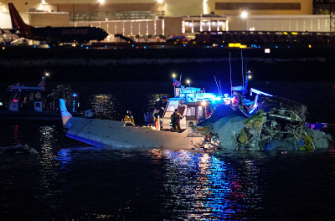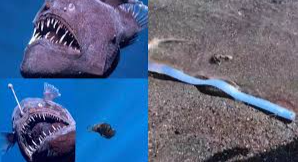As ocean temperatures rise, deep-sea fish are making an unusual journey toward the surface, an alarming shift that experts say could disrupt marine ecosystems in ways we’re only beginning to understand.
Deep-sea fish have remained in the ocean’s twilight and midnight zones for centuries, thriving in extreme pressure and darkness. However, scientists have observed an increasing number of these creatures appearing in shallower waters.“Climate change is altering ocean temperatures and currents, forcing deep-sea species to migrate upwards,” said Dr. Marina Carter, a Marine Ecologist at the Oceanic Research Institute.
This shift has surprised researchers, as many deep-sea fish are adapted to extreme environments and typically cannot withstand the conditions near the surface. “We’re seeing species like lanternfish and gulper eels much closer to the surface than ever before,” said Dr. Carter. “This could have serious implications for both deep-sea and surface ecosystems.”
As deep-sea fish move into new habitats, they face unfamiliar threats, including larger predators and human activities such as fishing and pollution.“The surface world is far more dangerous for these fish,” said Oceanographer Dr. Alex Nolan. They encounter predators they have never faced and may struggle to find suitable food.
Scientists are now studying how these migrations might impact marine food chains, particularly for species that rely on deep-sea fish as a primary food source.“If deep-sea fish populations continue moving upward, it could disrupt predator-prey relationships in ways we don’t yet fully understand,” Dr. Nolan warned.
In addition to natural threats, human impact could play a significant role in shaping this migration pattern, with pollution and deep-sea mining affecting fish behavior. “Human activities are making deep-sea environments less hospitable,” said Dr. Carter.
While the long-term effects of this migration are still uncertain, researchers emphasize the need for further monitoring and conservation efforts to protect both deep-sea and surface ecosystems. “This is a complex issue, but understanding it now is crucial,” said Dr. Nolan.
As research continues, scientists hope to determine whether these migrations are temporary adaptations or signs of a more permanent shift in the ocean’s delicate balance.










































